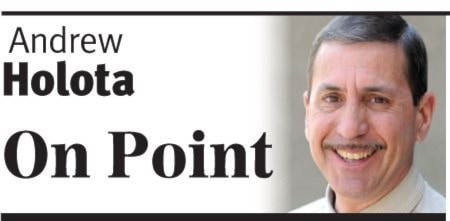Taking the temperature of voters and consumers is a highly refined science, if not a bit of an art, as well, due to the creativity put into the information provided to the respondents, and the questions they’re asked.
The recent Angus Reid poll of 300 randomly chosen Abbotsford residents in regard to the upcoming P3 water project referendum is a case in point.
The survey was commissioned by the City of Abbotsford, ostensibly to plumb the depths of the public’s awareness and perception of what is a major civic issue.
It involves a mountain of tax dollars, and the complex question of private enterprise involvement in delivering such a crucial public service as water.
Interestingly, respondents were asked their opinion of a public/private partnership not once, but three times.
Each question was preceded by a different information preamble, the first stressing the transfer of construction risk to a private company, and the city’s retention of ownership and control over the water licence and infrastructure.
Combining “strongly” and “moderately agree,” the question garnered 62 per cent in favour of a P3 deal.
However, the second related question, which asked respondents how they would vote in a referendum that would allow the city to borrow up to $300 million over 25 years to develop Stave Lake as a new water source, and whether that should involve a public-private partner, received only 45 per cent favourable response.
Almost identical results were obtained for a third question, this time stressing that without a P3 arrangement, there would be water rate increases (mentioned twice) and more water restrictions and bans.
Despite the dire tone, the favourable responses hardly budged – only 47 per cent in support of a public-private partnership.
The city interprets that to mean people are less concerned about money and more concerned about the availability of water.
I’m not sure I see it that way.
Tell people the private sector will take the risk, and the city maintains control, and private-public partnership doesn’t sound too bad at all.
Ask them if they approve spending up to $300 million, and support drops precipitously, and it doesn’t get much better if you hold up the possibility of higher water rates.
That’s the problem with polls. They are often open to a wide range of interpretation.
However, two things become rather apparent from this survey.
The city has a major marketing job to convince the public that the P3 approach is the way to go for a new water source. And you may well question whether the city ought to be promoting one option over another at all.
But the mayor and council (with the exception of Coun. Patricia Ross) have made no secret that they consider $61 million in federal P3 funding to be attractive.
Hence, the city’s announcement of a $200,000 “education” campaign earlier this week.
The second factor that can be taken from the poll is the level of public awareness on this issue, which is very low. Despite extensive media coverage, only eight per cent of the respondents said they followed it closely. Another 33 per cent answered moderately closely.
That’s appalling, considering the huge amount of money involved, and the key public-versus-private debate.
I have to wonder, given the apparent high public interest and engagement in the annual deficit of the city-supported AHL Heat team, how much higher the awareness level of that issue would have been over the water questions, if compared by the pollsters.
Folks, if you’re amped up about spending $1.3 million on hockey, you ought to be mighty interested in investing a few hundred million bucks for water.
